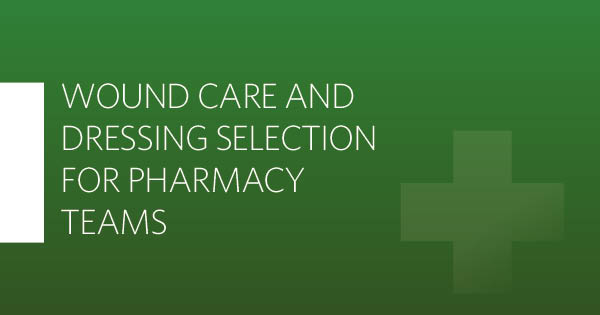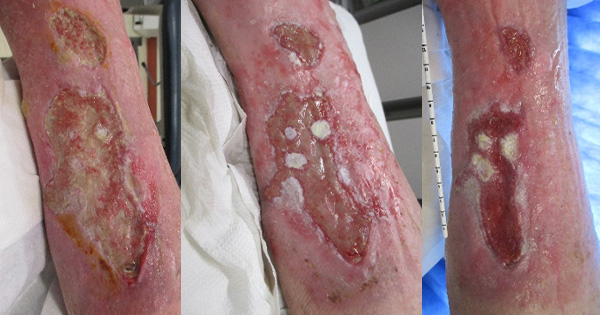Pharmacists play a key role and are often the first point of contact for people with wounds, both chronic and acute. During the COVID-19 pandemic, this has only become more apparent.
The burden of wound care is increasing through the ageing population, growing comorbidities and increased skin integrity issues (Guest et al, 2015; Guest et al, 2020), with the annual prevalence of wounds increasing by 71% between 2012/2013 and 2017/2018 (Guest et al, 2020) – and with many people being reluctant to go into the hospital or primary care setting, the key role of the pharmacist will continue to develop and grow.
However, there is little written about the role, responsibilities and skills of the pharmacist in wound management. It is well established that the management of wounds is best practised by an organised multidisciplinary team (MDT) that can offer support to the individual (Jin, 2015). The pharmacist’s role within the MDT is invaluable and requires an integrated approach with wound care colleagues.
A multidisciplinary group of experts, including pharmacy and nursing colleagues, met online in October 2020 to discuss the roles and responsibilities of pharmacy teams in wound care and dressing selection. The discussions formed the basis of this consensus document.
The document aims to inform pharmacy colleagues about the underpinning principles of best practice and the latest evidence base in wound care and dressing selection, and to educate other clinicians about the role that pharmacy teams play in wound care. This guidance should assist pharmacy teams to manage wounds and select appropriate dressings with confidence. As always, the overall aim is to improve clinical outcomes for the patient.
This document has been supported by 3M, ConvaTec, HARTMANN and Urgo Medical







